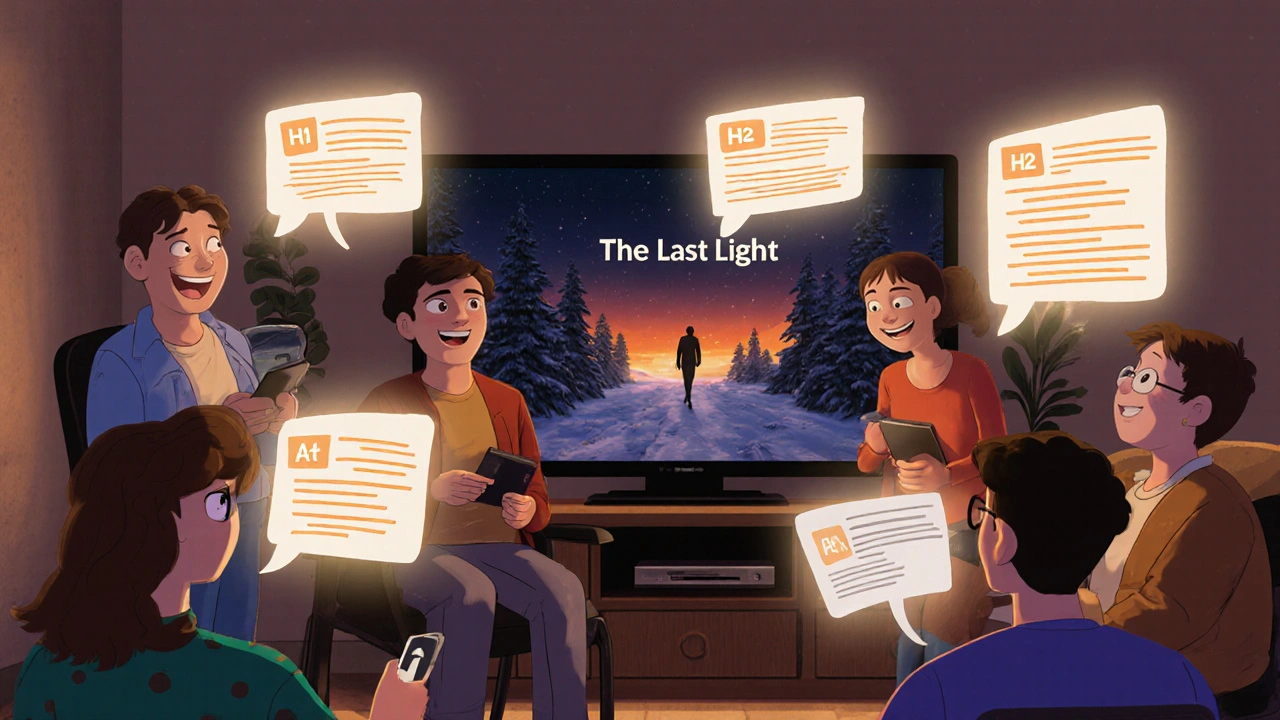Accessible Criticism: Honest Film Analysis for Everyone
When we talk about accessible criticism, a form of film analysis that prioritizes clarity and emotional honesty over jargon and pretension. Also known as democratic film review, it’s the kind of writing that lets you understand why a movie moved you—even if you’ve never studied semiotics or cognitive theory. This isn’t about sounding smart. It’s about being real. Too much film writing hides behind fancy words to cover up thin ideas. Accessible criticism doesn’t care about impressing professors. It cares about connecting with people who just want to know: did this movie mean something? Did it feel true?
It’s the difference between saying "Varda’s essay-film structure deconstructs the patriarchal gaze through metacinematic reflexivity" and saying "Agnès Varda made you feel like you were sitting at her kitchen table, watching her life unfold, and for once, women weren’t just props in someone else’s story." The first line might get published in a journal. The second one gets shared with a friend over coffee. That’s accessible criticism. It shows up in posts about cognitive film theory, how viewers mentally piece together stories and feel emotions while watching films—but explains it without using the word "cognitive." It shows up in reviews of Ridley Scott’s worlds, the immersive, tactile environments built through practical sets and obsessive detail—not by listing every prop, but by asking: did you believe this place existed?
Accessible criticism doesn’t ignore depth. It just refuses to lock it behind a door. You can talk about how semiotics in cinema, the use of visual and sound symbols to create meaning beyond the plot shapes your reaction to a scene—without naming every type of sign. You can explain why action sound design, the layered manipulation of punches, engines, and impacts to create visceral realism makes a fight feel real—without mentioning Foley artists or spectral analysis. The goal isn’t to teach film school. It’s to help you trust your gut. If a movie made you cry, or sit up straight, or stay up too late thinking about it—that matters more than whether it fits a critic’s checklist.
At Scruffy City Film Fest, accessible criticism isn’t a trend. It’s the whole point. The films we show don’t need a PhD to be understood. The reviews we highlight don’t need a thesaurus to be powerful. What you’ll find in this collection are posts that cut through the noise: honest takes on accessible criticism in action. From why Barbie’s heroine feels more real than Pretty Woman’s, to how David Fincher’s silence speaks louder than any analysis could, these pieces show how real people connect with real movies. No fluff. No filters. Just what stuck, what hurt, and what stayed with you after the credits rolled.
Learn how to write movie and TV reviews that work for screen readers and diverse audiences. Simple fixes like clear links, alt text, and plain language make your criticism fairer and more powerful.
View More

